Great Design Plant: Cephalanthus Occidentalis
http://decor-ideas.org 05/08/2015 00:14 Decor Ideas
Buttonbush (Cephalanthus occidentalis) is a spreading, woody shrub that’s perfectly happy in damp sites often found in its native range, along swamp margins, bogs and wet prairies in the eastern and central U.S. It is a fantastic plant for an area of the garden that suffers from poor drainage. Buttonbush attracts many pollinators — native bees, butterflies, hummingbirds, moths — and their fuzzy-ball pincushion flowers bring a great aroma to the wet garden.
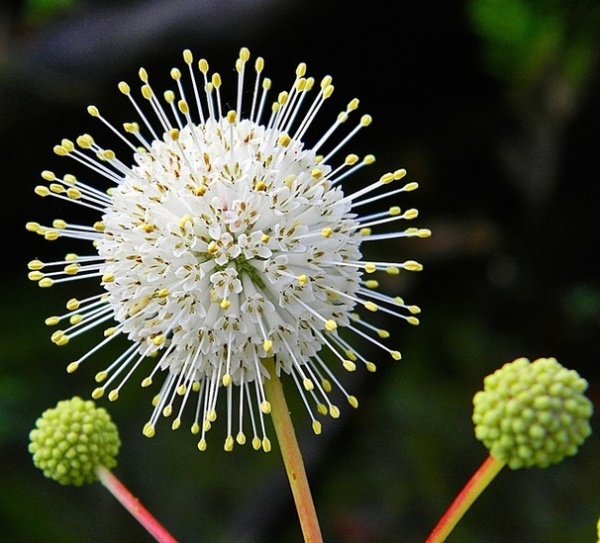
Botanical name: Cephalanthus occidentalis
Common names: Buttonbush, buttonwood, buttonwillow, common buttonwood
Origin: Wide native range in the eastern and central U.S., from Texas east to south Florida and north to Ontario and Nova Scotia; also native to a few scattered areas in Arizona, California and Mexico
Where it will grow: Hardy to –20 degrees Fahrenheit (USDA zones 4 to 10; find your zone)
Water requirement: High
Light requirement: Full sun to partial shade for the best flower display; tolerates shade but will flower less
Soil requirement: Adaptable to limestone soils, clay and sandy loams
Mature size: 6 to 12 feet tall and 6 to 10 feet wide
Benefits and tolerances: Tolerates water inundation up to 3 feet; great for soil erosion control; provides food for wildlife; especially useful for pollinators; very aromatic flowers
Seasonal interest: White to pinkish blooms in spring and summer; ombré red fruits in autumn
When to plant: Can be propagated from cuttings in the spring in cold climates; transplant nursery specimens in warm climates year-round
Photo by Bob Peterson
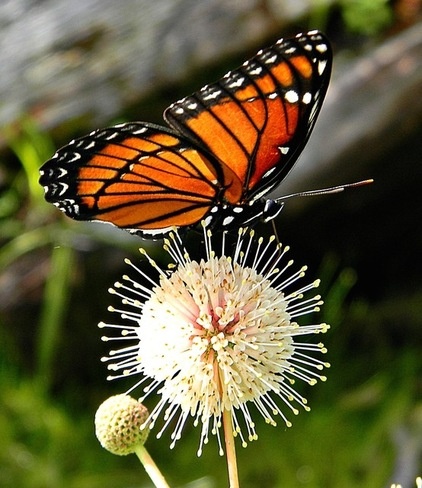
Distinguishing traits. Buttonbush is a deciduous woody shrub with white to pinkish-white pincushion flowers in spring and summer. Warm climates will enjoy blooms from May to September, but cooler climates won’t see blooms until about June. The flowers look fuzzy from a distance, but on closer inspection they look like pincushions at the ends of twigs.
How to use it. Use buttonbush as a massing shrub in wet sites and on the margins of bogs and ponds. It will grow with its roots submerged in water, which makes it a great choice for any waterlogged site or area of the garden with poor drainage.
Buttonbush does well mixed with other native plants that like moist soil. It makes a great plant for erosion control in wet areas as well. Buttonbush is late to push out its leaves in spring, so plant it in combination with early bloomers and spring-flowering bulbs.
Photo by Bob Peterson
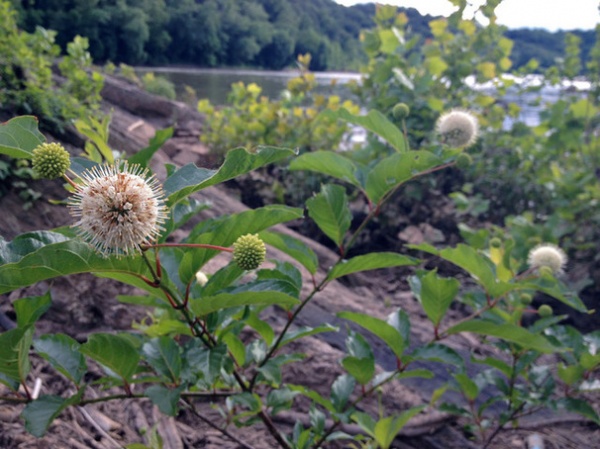
Planting notes. Buttonbush is easily propagated from cuttings or seed. If you’re planting from small cuttings or seed, ensure its survival by removing competing weeds. Buttonbush does not compete well with aggressive plants before it is established.
Use small transplants from a native-plant nursery if you are trying to naturalize a wet area. It also comes from the nursery either as a container plant or as a balled-and-burlapped (B&B) plant. Go for the larger container or B&B size if you want a mature specimen.
Maintain adequate moisture in the soil when you transplant plants from the nursery. It’s a resilient native plant that’s adaptable to many conditions, but the showiest flowering occurs with consistently moist soil and full to partial sun.
Photo by Fritz Flohr Reynolds
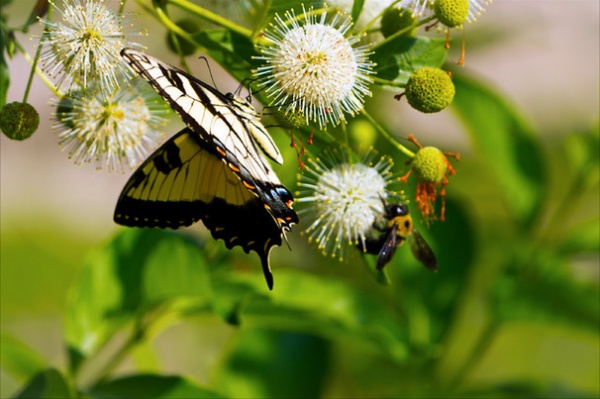
Pollinator notes. Native bees, honeybees, two species of sphinx moths, numerous butterflies and hummingbirds are all attracted to the fragrant, nectar-rich flowers of buttonbush. One of buttonbush’s best benefits is that the blooms happen all summer long, providing a source of nectar to pollinators for many months.
Shown: A bee and a butterfly feeding on a flowering buttonbush
Photo by Doug Wertman
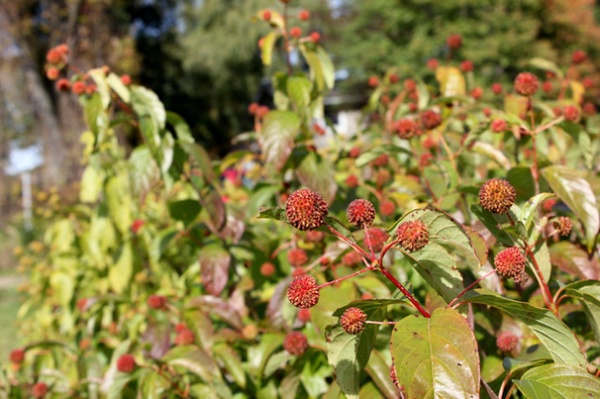
Cultivars and related species. The Proven Winners line of plants has a cultivar called ‘Sugar Shack’, pictured here, that has red tips on the foliage. There is a naturally occurring variety of this species in California known as California buttonwillow (Cephalanthus occidentalis var. californicus).
More:
Attract Hummingbirds and Bees With These Beautiful Summer Flowers
Browse plants native to other regions of the U.S.
Related Articles Recommended












